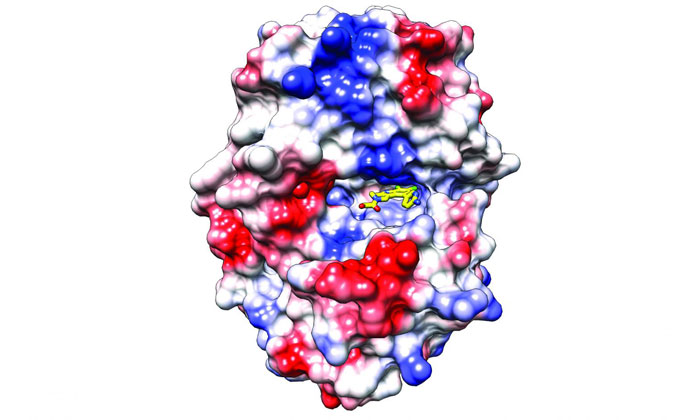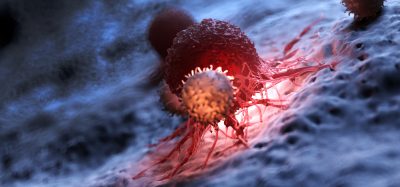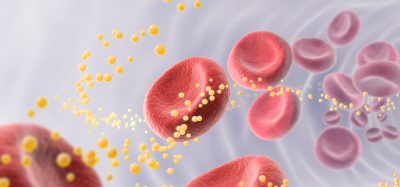Autoimmune disorders could be treated with new compounds
Posted: 30 May 2019 | Drug Target Review | No comments yet
New research could lead to novel treatments for autoimmune disorders and sheds light on the causes of autoimmunity.


Researchers in the laboratory of Thomas Tuschl collaborated with Rockefeller’s High-Throughput and Spectroscopy Resource Centre to scan through a library of almost 300,000 small molecules to search for a molecule that might target human GMP-AMP synthase (cGAS). This enzyme detects and binds to cytosolic DNA to initiate a chain reaction that leads to immune activation and usually ends with the destruction of the DNA-shedding pathogen.
Through their screen, the researchers identified two molecules that showed some activity against cGAS.
“The hits from library compounds were a great starting point, but they were not potent enough,” said postdoctoral associate Lodoe Lama. “So we used them as molecular scaffolds on which to make improvements, altering their structures in ways that would increase potency and also reduce toxicity.”
Working with the Tri-Institutional Therapeutics Discovery Institute, the researchers created three compounds that blocked cGAS activity in human cells. Further analysis by researchers at Memorial Sloan Kettering Cancer Centre revealed that the compounds inhibit cGAS by wedging into a pocket of the enzyme that is key to its activation.
The compounds are now being further optimised for potential use in patients, with an initial focus on treatment of the rare genetic disease Aicardi-Goutières syndrome. People with this condition accumulate abnormal cytosolic DNA that activates cGAS, leading to serious neurological problems.
A drug that blocks the enzyme would therefore be of tremendous therapeutic value to those with the disease, who currently have few treatment options.
“This class of drug could potentially also be used to treat more common diseases, such as systemic lupus erythematosus, and possibly neurodegenerative diseases that include inflammatory contributions, such as Parkinson’s disease,” adds Tuschl.
Further, the researchers believe that these compounds could serve as practical laboratory tools: “Scientists will now have simple means by which to inhibit cGAS in human cells,” concluded Lama. “And that could be immensely useful for studying and understanding the mechanisms that lead to autoimmune responses.”
This report was published in Nature Communications.
Related topics
Analysis, DNA, Enzymes, Research & Development, Screening
Related conditions
autoimmune diseases
Related organisations
Memorial Sloan Kettering Cancer Centre, The Rockefeller University, Tri-Institutional Therapeutics Discovery Institute
Related people
Lodoe Lama, Thomas Tuschl








